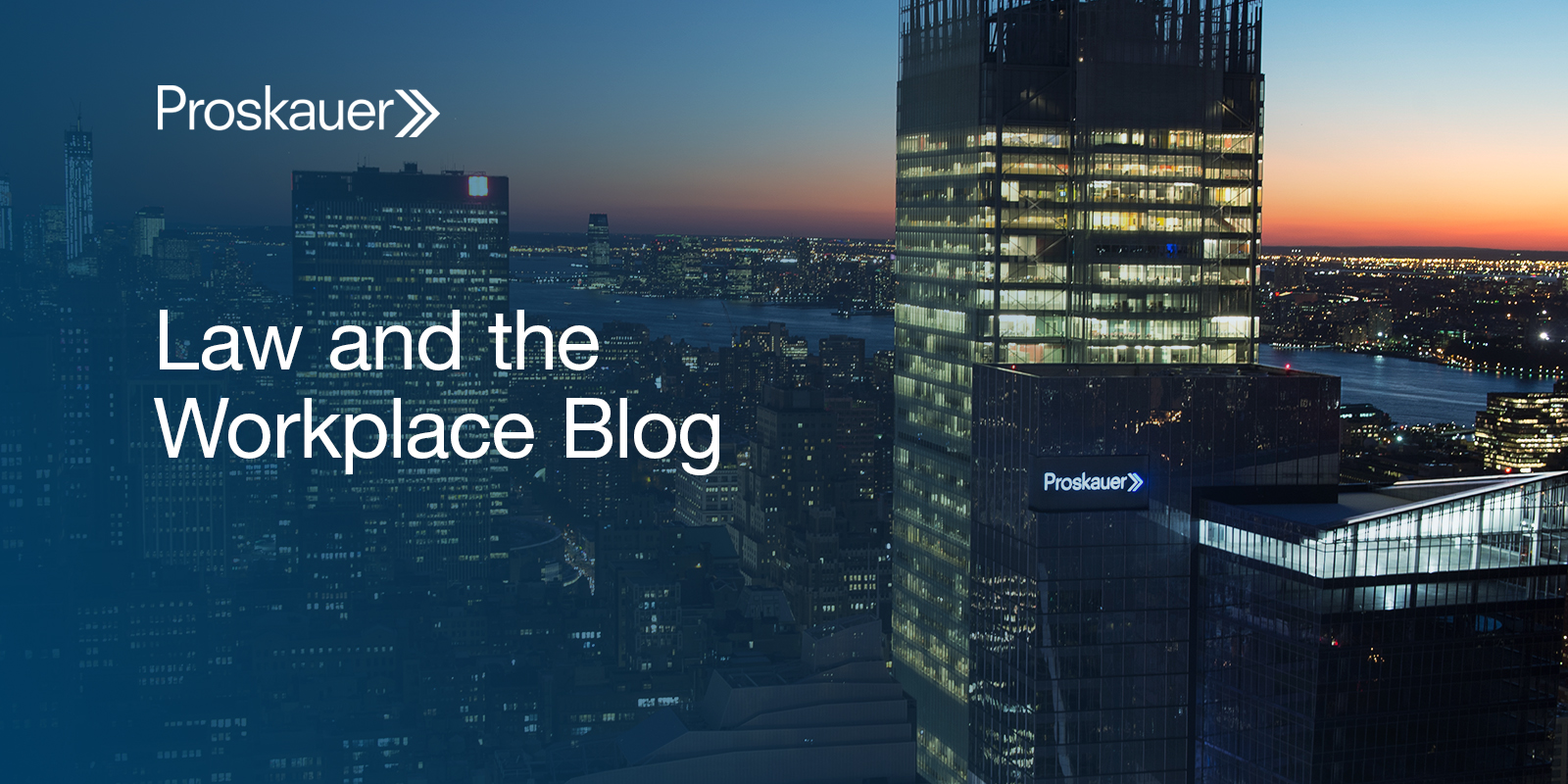What’s the NLRB Up To Now? | Blogs | Labor & Employment Law Perspectives
One of the cornerstones of the current administration’s platform has been to “encourage and incentivize union organizing and collective bargaining” and to do so by “appoint[ing] members to the National Labor Relations Board (“NLRB” or the “Board”) who will protect, rather than sabotage, worker organizing, collective bargaining, and workers’ rights to engage in concerted activity.”
These aspirational visions (quoted from a Democratic National Committee statement) of propping up unions, even when the employees no long desire to be represented, are coming to fruition via action by the NLRB.
To that end, the NLRB recently issued a notice that it intends to rescind a 2020 rule, and in doing so will have the practical effect of making it difficult, if not impossible, to decertify a union. By way of background, the National Labor Relations Act not only gives workers the right to select and be represented by a union, but it also guarantees the right to remain non-union. The selection or rejection of union representation may be brought about in a number of ways, the most common of which is a secret ballot election conducted by the NLRB. The NLRB will certify the union as the employees’ representative only if a majority of the valid votes cast favor union representation.
Once certified, the union is guaranteed at least one year to obtain a contract without the prospect of being voted out. After the expiration of the first year, if the union fails to obtain a contract employees may petition to remove the union. However, once the employer and the union agree to a contract, the employees may not remove the union until the contract expires or during a brief period from sixty to ninety days before the termination of the contract.
The most common manner of de-selecting a union is called decertification. Employees who wish to remove the union must file a petition with the NLRB supported by the signatures of at least 30 percent of the bargaining unit. The NLRB will then hold an election, much in the same manner as the original representation election. In order to defeat the decertification effort, the union must receive a majority of the valid votes cast.
Historically, a strategy of the incumbent union to thwart a decertification vote was to file an Unfair Labor Practice charge against the employer, asserting that the employer interfered with employee rights by violating the National Labor Relations Act. The mere filing of a charge blocked the election process until the charge was investigated or resolved. This could take weeks to years to complete. In the meantime, the Union continued to represent the employees and the employer was obligated to continue to bargain. In all likelihood, the parties would reach an agreement, thus barring an election until the end of the contract.
In April 2020, during the prior administration, the Board modified the “blocking charge” procedure. The 2020 rule authorized the Board’s regions to conduct decertification elections notwithstanding pending unfair labor practice charges, with certification of the results being postponed until the charge was resolved.
Under the recently-proposed rule, the Board would reinstate the pre-2020 bar on a decertification election while an unfair labor practice charge is pending.
What does the proposed rule change mean for employees? It will be much harder to remove a union that has lost the workforce’s support. What does it mean for employers? Employers must remain diligent not to commit an unfair labor practice, as doing so will make it virtually impossible for a union decertification petition (even if supported by most of the workforce) to succeed.






